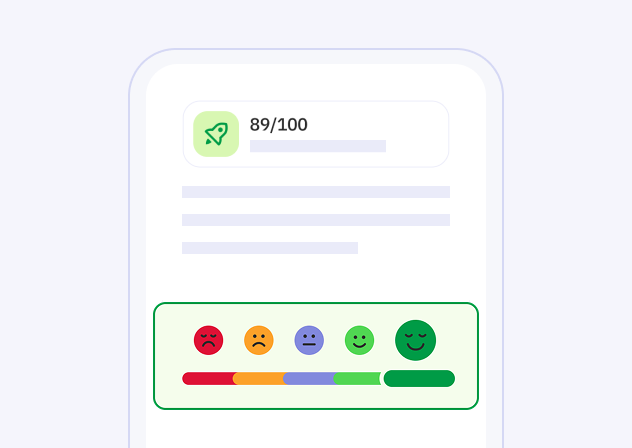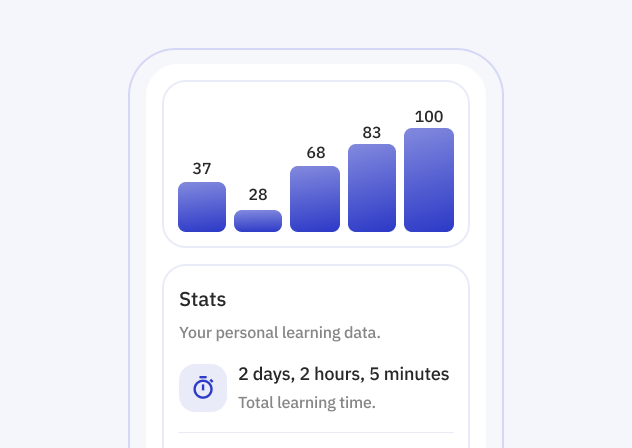The verb "hum" in the English language refers to the act of producing a low, continuous sound, typically with the lips closed, which can express a range of emotions or states such as happiness, calmness, or deep thought. The sound is often soft and musical, resembling a tune or buzz, and can be made either with or without melody. Humming is a common human activity that can be both instinctive and intentional, serving various purposes such as soothing oneself or others, expressing contentment, or simply filling a quiet moment.
She started to hum her favorite tune while doing the dishes.
He could hum along with every song that played on the radio.
As she waited for the bus, she began to hum softly to pass the time.
The entire class could hear him hum under his breath during the exam.
She loved to hum lullabies to her newborn at bedtime.
While working on his painting, he would often hum to keep his spirits up.
Can you hear the air conditioner hum in the background?
He found it calming to hum while he meditated each morning.
She taught her little sister how to hum the melody of their favorite song.
Every time he tried to speak, he would inadvertently hum instead of using words.
I hum when I am happy.
You hum while working.
He hums a tune.
She hums along with the radio.
It hums quietly in the background.
We hum our favorite songs.
They hum together in harmony.
I hummed at the concert last night.
You hummed a lovely melody yesterday.
He hummed as he cooked dinner.
She hummed softly to herself.
It hummed before it stopped working.
We hummed while we painted the room.
They hummed during the entire road trip.
I will hum when I get there.
You will hum the new song tomorrow.
He will hum along at the party.
She will hum a lullaby tonight.
It will hum again once it's fixed.
We will hum together at the reunion.
They will hum the national anthem at the event.
I am humming while writing this.
You are humming right now.
He is humming as he walks.
She is humming while she shops.
It is humming; the machine is still operating.
We are humming as we decorate the house.
They are humming as they hike the trail.
I was humming when you called.
You were humming throughout the evening.
He was humming during the movie.
She was humming when the news broke.
It was humming before it suddenly stopped.
We were humming while we were cooking.
They were humming during their morning routine.
I will be humming while I do my chores tomorrow.
You will be humming during your break.
He will be humming while working on his project.
She will be humming during her walk in the park.
It will be humming as long as it's operational.
We will be humming at the workshop.
They will be humming while setting up the event.
The most efficient way to learn a language
Try Talkpal for free
Each individual learns in a unique way. With Talkpal technology, we have the ability to examine how millions of people learn simultaneously and design the most efficient educational platforms, which can be customized for each student.

Receive immediate, personalized feedback and suggestions to accelerate your language mastery.

Learn via methods tailored to your unique style and pace, ensuring a personalized and effective journey to fluency.
Talkpal is an AI-powered language tutor. It’s the most efficient way to learn a language. Chat about an unlimited amount of interesting topics either by writing or speaking while receiving messages with realistic voice.


Talkpal, Inc., 2810 N Church St, Wilmington, Delaware 19802, US
© 2025 All Rights Reserved.